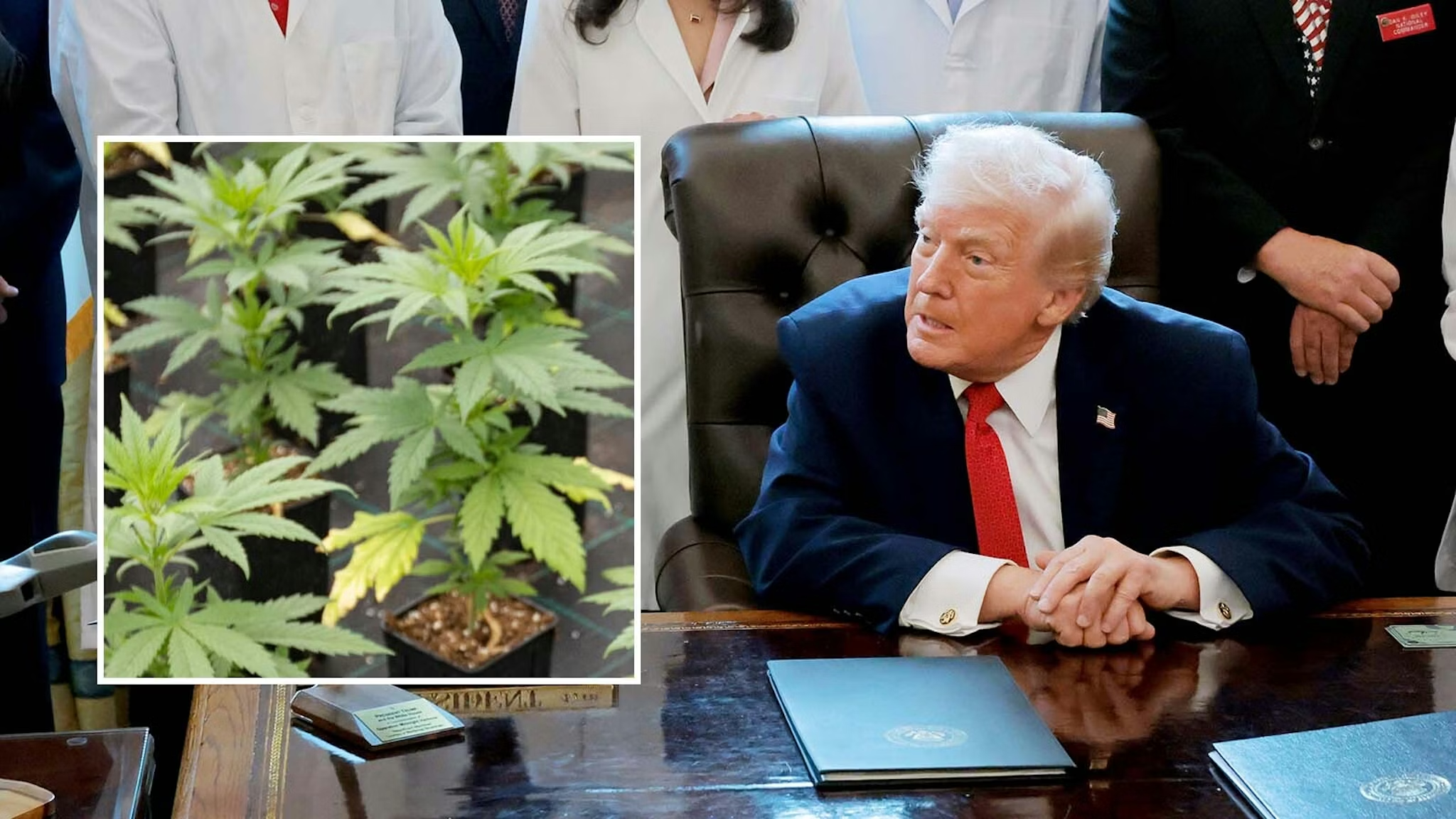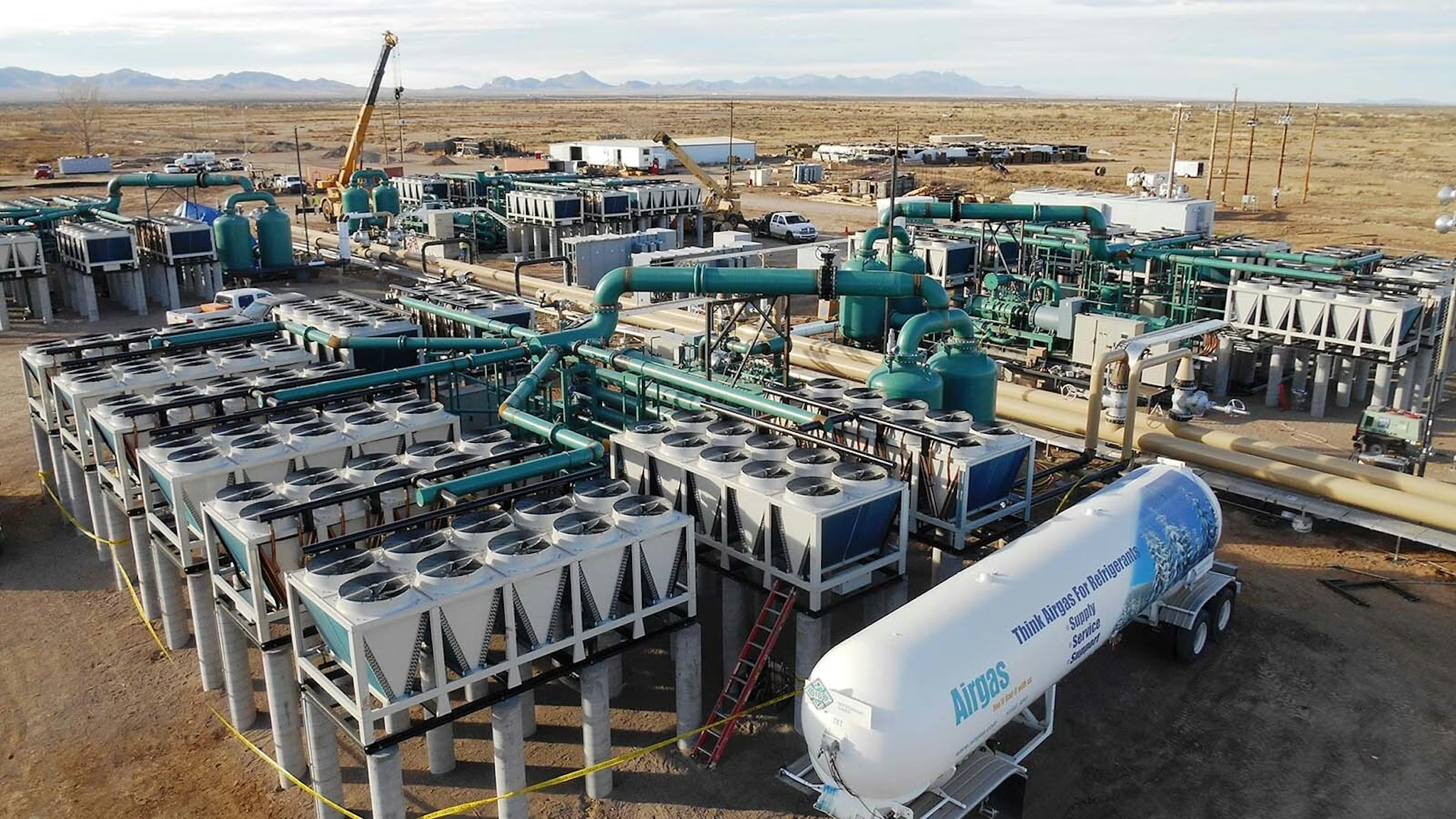Oil prices remained largely unchanged on Monday as investors turned their attention to ongoing discussions regarding a potential peace deal between Russia and Ukraine.
Brent crude futures edged up by 7 cents, reaching $74.81 per barrel at 0430 GMT, while US West Texas Intermediate (WTI) crude held steady at $70.75 per barrel.
The market continues to monitor developments in the peace talks, which could ease sanctions that have been disrupting global oil supply chains. On Sunday, US President Donald Trump expressed optimism about the possibility of meeting Russian President Vladimir Putin “very soon” to discuss the potential resolution of the conflict. These talks are expected to take place in Saudi Arabia in the coming days.
“If negotiations lead to a resolution, more Russian oil barrels could re-enter global supplies, which would likely put downward pressure on oil prices,” said Priyanka Sachdeva, senior market analyst at Phillip Nova.
Despite concerns about a potential increase in supply, the near-term outlook for oil remains supported by stable demand forecasts, according to Sachdeva.
In addition to the peace talks, other factors are influencing market sentiment. Sanctions imposed by the US and European Union on Russian oil exports have already curtailed shipments and disrupted seaborne oil flows. However, the recent risk of a global trade war has limited the upside potential for oil prices. Trump’s recent order to US officials to study the implementation of reciprocal tariffs against countries that impose tariffs on US goods has contributed to a sense of uncertainty in the market.
Another noteworthy development is the rise in the US oil and natural gas rig count, which increased for the third consecutive week. Energy services firm Baker Hughes reported a two-rig increase, bringing the total to 588 rigs for the week ending February 14. This rise in rig count indicates potential future increases in US oil production, which may further impact the global supply-demand balance.










The latest news in your social feeds
Subscribe to our social media platforms to stay tuned